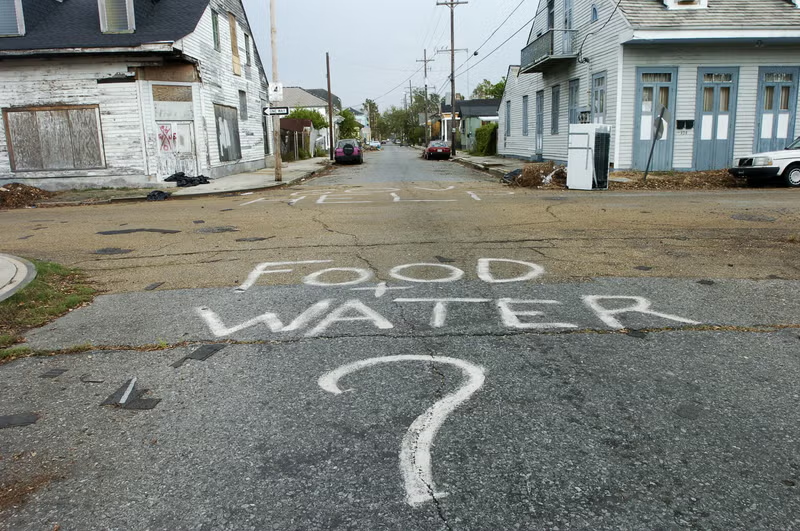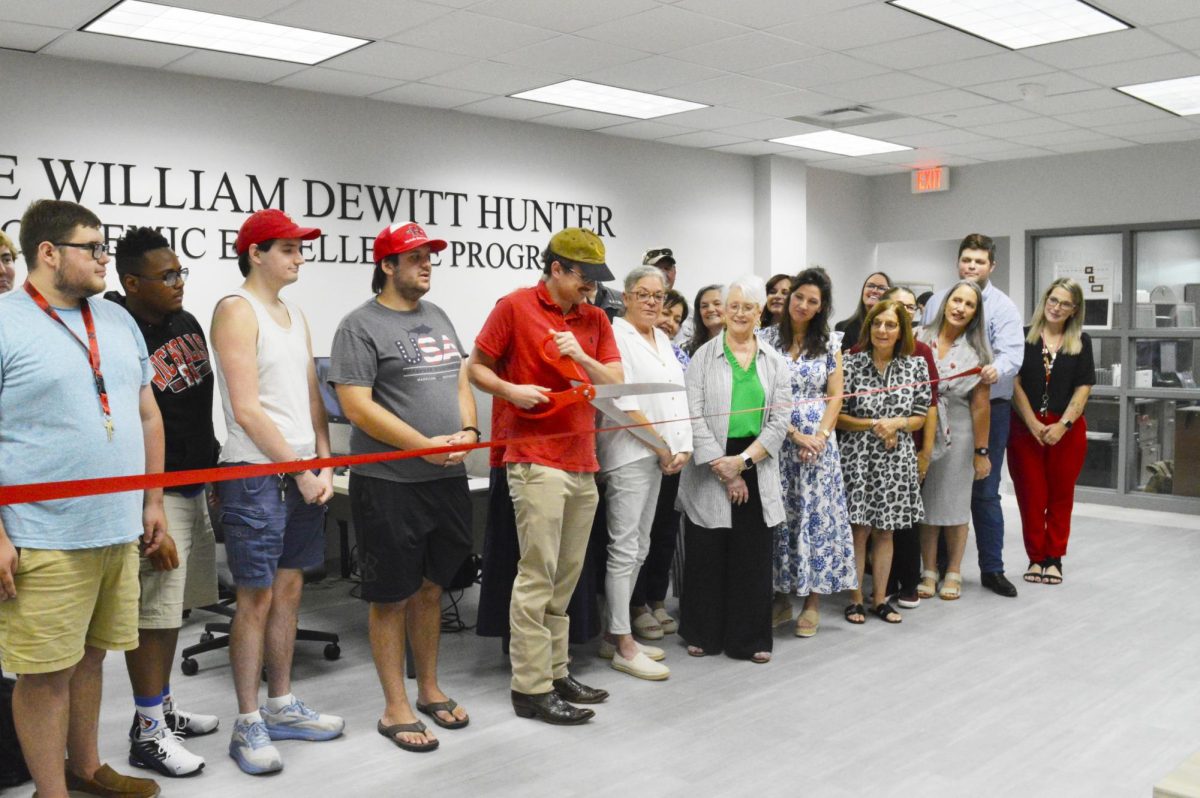Vatican City- The next pontiff will not only have to care for the souls of his 1 billion-member flock worldwide, but also their pocketbooks, taking into account the falling dollar, the cost of sex abuse settlements and the Vatican’s expanding diplomatic mission.Pope John Paul II demanded financial accountability and promised greater transparency after years of secrecy and a banking scandal, but in the last years of his papacy the Holy See fell back in the red.
“The dollar has really hurt them,” said the Rev. Thomas Reese, a Vatican expert. “We’re not only talking about money coming from the United States. All the rich guys in the Third World also give in dollars.”
Vatican officials bristle at what John Paul once called “the myth” that the Holy See is immensely wealthy.
The Vatican owns an immense collection of art treasures, and there have been occasional reports that church leaders were considering selling Michelangelo’s statue of the Pieta, sculptures by Bernini or other masterpieces to pay its debts or help the needy. Officials responded that the artworks are “a treasure for all humanity” and cannot be sold.
In a rare disclosure last year, a Vatican accountant said the Holy See’s real estate is worth 700 million euros, or about $908 million. That does not include St. Peter’s Basilica and the Sistine Chapel, which the report termed priceless and valued at a symbolic 1 euro.
The Vatican went through 23 years of spending more money than it took in, until 1993, when the situation improved dramatically after a revised code of church law made clear that Roman Catholic dioceses around the world should assist the Holy See.
Its most recent financial statement -in July – reported a deficit for the third consecutive year. It listed 2003 revenues of $250.2 million and expenditures of $262 million, for a deficit of $11.8 million.
The statement on running the Holy See is not a conventional balance sheet, and it does not include revenues from museums, stamps and other items, which are covered by another report focusing on the Vatican city-state.
Vatican experts blame the deficit on heavy personnel costs – 2,674 people work in Holy See offices, more than half of them lay people. The Vatican also greatly expanded its diplomatic activity during John Paul’s papacy and now has a costly network of representatives in 174 nations.







